Genetic and genomic insights into male reproductive tract development
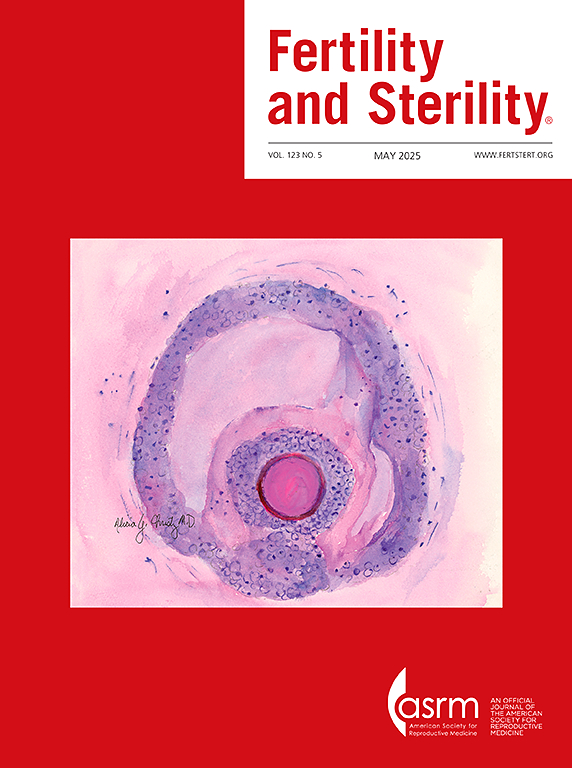
Madison and Helen’s review is now available online in Fertility and Sterility. Congratulations! Abstract Genetic and genomic analysis continues to drive important insights into male reproductive tract (MRT) development. Here, we briefly review normal MRT development, highlighting recent discoveries of cell types and cellular processes delivered by single-cell sequencing. We report a systematic review of […]
SATINN v2: automated image analysis for mouse testis histology with multi-laboratory data integration
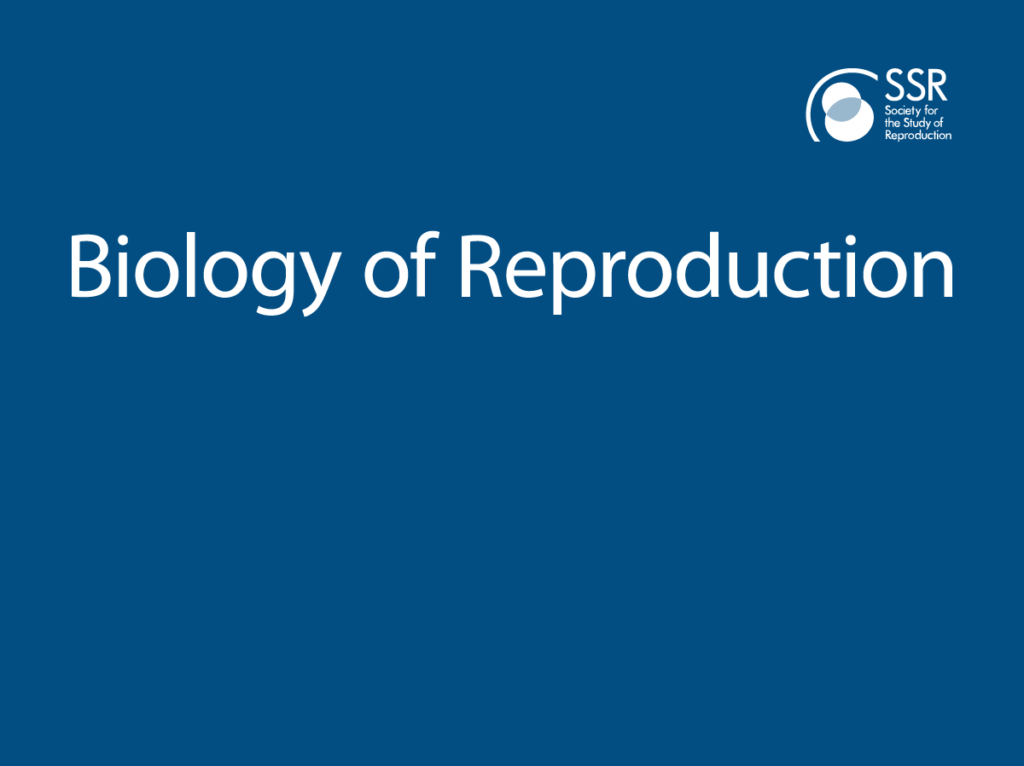
Ran’s latest paper is now available on Biology of Reproduction. Congratulations! Abstract Analysis of testis histology is fundamental to the study of male fertility, but it is a slow task with a high skill threshold. Here, we describe new neural network models for the automated classification of cell types and tubule stages from whole-slide brightfield […]
Deletion of an evolutionarily conserved TAD boundary impacts spermatogenesis in mice

Ana’s paper is now available online in Biology of Reproduction. Congratulations! Abstract Spermatogenesis is a complex process that can be disrupted by genetic and epigenetic changes, potentially leading to male infertility. Recent research has rapidly increased the number of protein coding mutations causally linked to impaired spermatogenesis in humans and mice. However, the role of […]
The human and non-human primate developmental GTEx projects
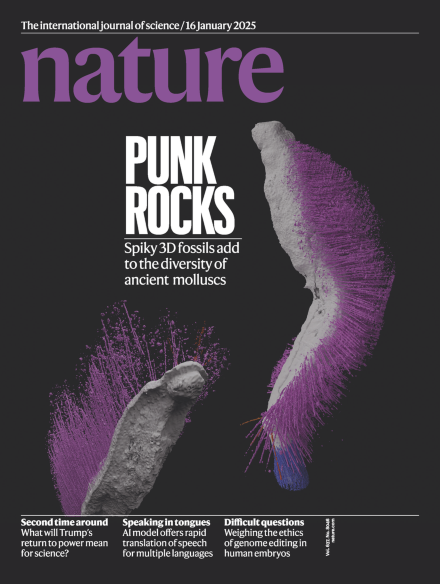
dGTEx marker paper is now available online in Nature and has been featured by OHSU News. Congratulations to all! Abstract Many human diseases are the result of early developmental defects. As most paediatric diseases and disorders are rare, children are critically underrepresented in research. Functional genomics studies primarily rely on adult tissues and lack critical […]
Estimating realized relatedness in free-ranging macaques by inferring identity-by-descent segments

The latest NHP paper with contributions from the lab is now available online in PNAS. Congratulations! Significance Genetic relatedness plays a central role in ecology and evolution, but estimating it with high accuracy remains challenging. We established and validated a software pipeline that produces precise relatedness estimates for low-depth sequencing data by measuring the identical […]
Utility of exome sequencing in primary spermatogenic disorders: From research to diagnostics
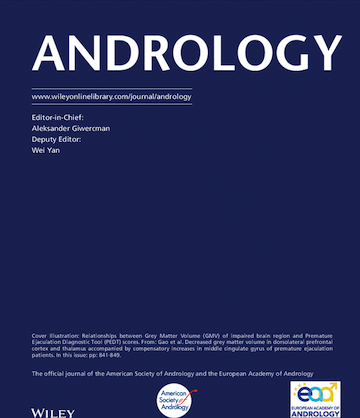
Antoni and Liina’s review is now available online in Andrology. Congratulations! Abstract Background Primary spermatogenic disorders represent a severe form of male infertility whereby sperm production is impaired due to testicular dysfunction, leading to reduced quality or quantity of spermatozoa. Gene-centered research has certainly demonstrated the importance of the genetic factor in the etiology of […]
Introduction to androgenetics: terminology, approaches, and impactful studies across 60 years

Arvand’s review with Dr. Maris Laan from the University of Tartu in Estonia is now available online in Andrology. This is article is part of a Special Issue of Andrology “Genetics in Andrology. Congratulations! Abstract Across six decades, androgenetics has consistently concentrated on discovering genetic causes and enhancing the molecular diagnostics of male infertility, disorders […]
Diminished DNA binding affinity of DMRT1 caused by heterozygous DM domain mutations is a cause of male infertility
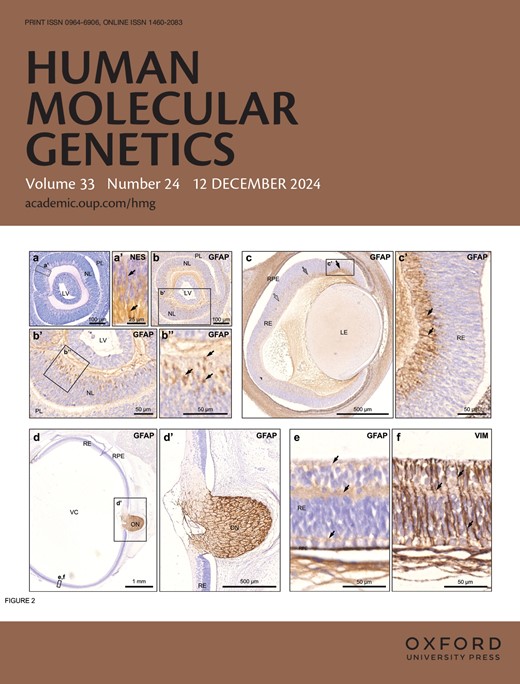
Helen’s paper with our Croatian collaborators in now available online in Human Molecular Genetics. Congratulations! Abstract The most severe form of male infertility is idiopathic non-obstructive azoospermia (NOA), a complete sperm absence in the ejaculate. We performed exome sequencing in the Croatian infertile brothers with NOA and found a variant in DMRT1 (Doublesex and mab-3 related transcription […]
PSAP-Genomic-Regions: A Method Leveraging Population Data to Prioritize Coding and Non-Coding Variants in Whole Genome Sequencing for Rare Disease Diagnosis
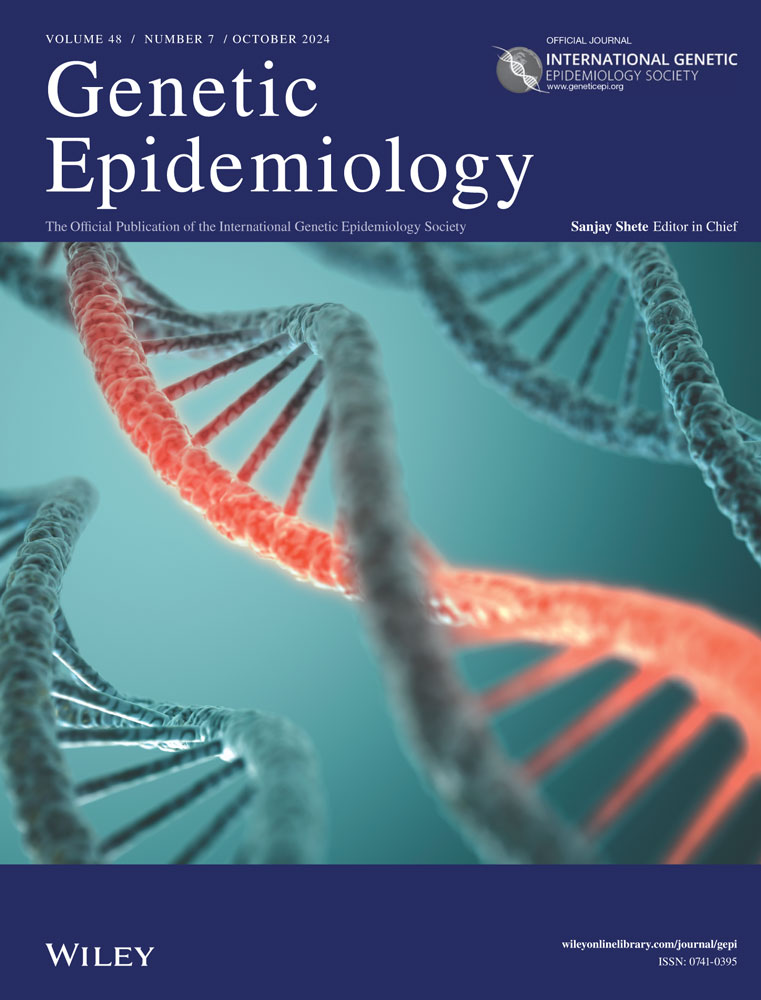
Marie-Sophie, who was a visiting scholar in the Conrad lab last summer, just had had paper published on extending PSAP to the non-coding genomes in Genetic Epidemiology. Congratulations! Abstract The introduction of Next-Generation Sequencing technologies in the clinics has improved rare disease diagnosis. Nonetheless, for very heterogeneous or very rare diseases, more than half of […]
The human infertility single-cell testis atlas (HISTA): an interactive molecular scRNA-Seq reference of the human testis

Eisa’s new paper is now available online in Andrology. Congratulations! Abstract Background: Single-cell RNA-seq (scRNA-Seq) has been widely adopted to study gene expression of the human testis. Several datasets of scRNA-Seq from human testis have been generated from different groups processed with different informatics pipelines. An integrated atlas of scRNA-Seq expression constructed from multiple donors, developmental […]